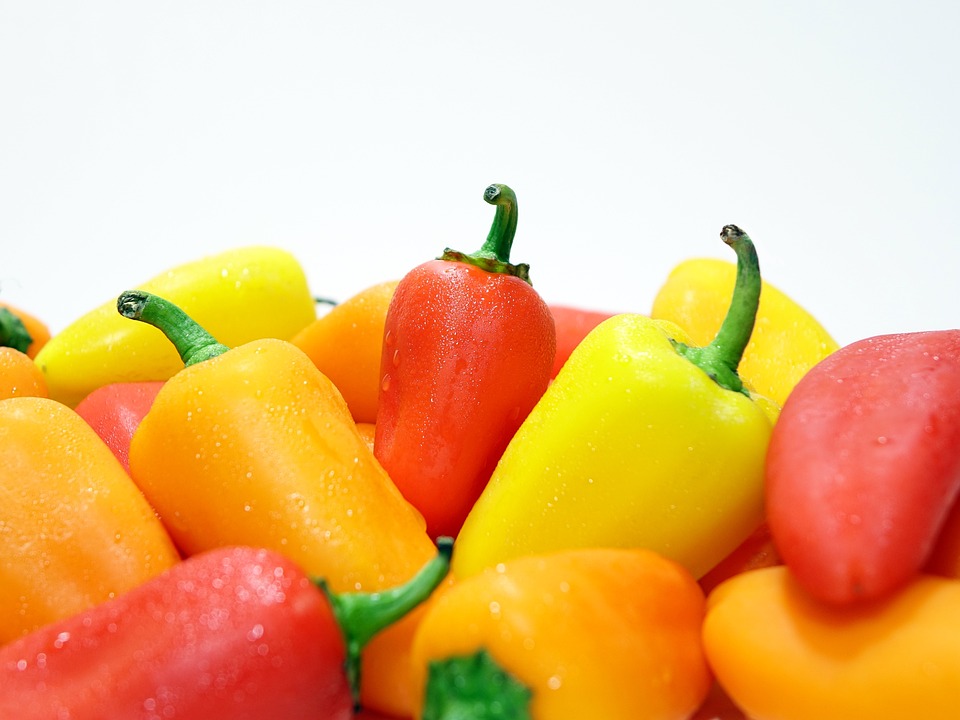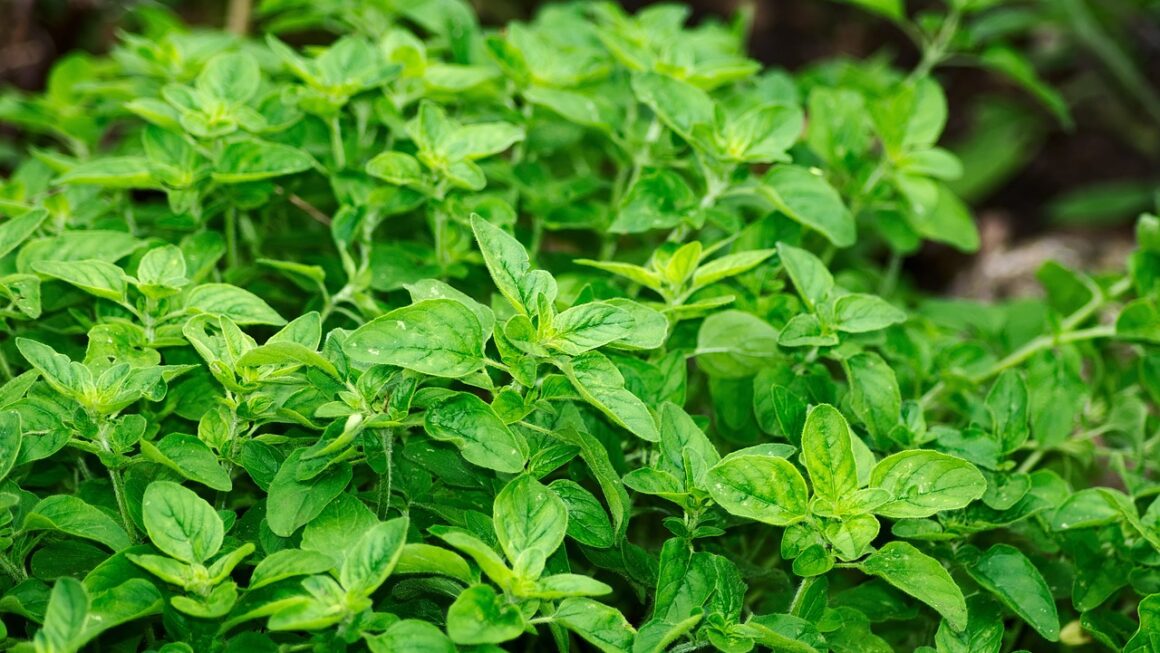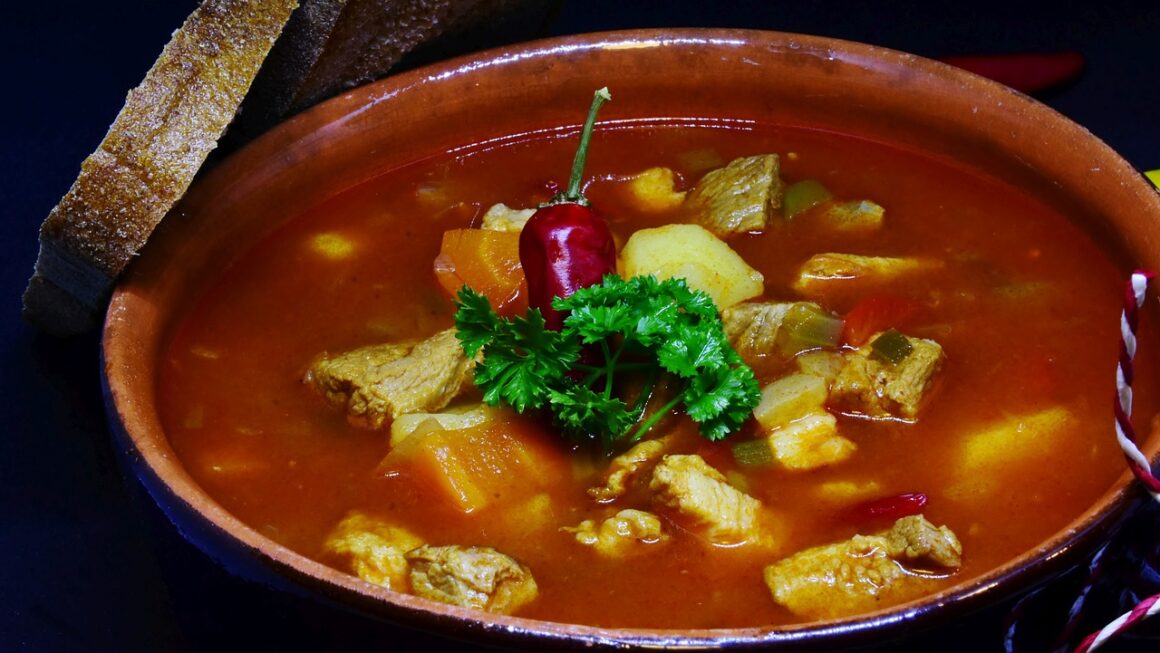Bibimbap, a popular Korean dish that translates to “mixed rice,” is a harmonious combination of rice, vegetables, protein, and gochujang (chili pepper paste). This colorful and flavorful dish is not only delicious but also full of nutrients, making it a favorite among many food enthusiasts.
While there are many variations of bibimbap, the key ingredients that are essential for a perfect bibimbap are rice, vegetables, protein, gochujang, and sesame oil. Let’s take a closer look at each of these ingredients and how they contribute to the overall taste and texture of bibimbap.
1. Rice: The base of bibimbap is steamed white rice, which serves as the foundation for the other ingredients. The rice should be cooked to perfection, with each grain separate and fluffy. The ideal rice for bibimbap is short-grain rice, which has a sticky and chewy texture that pairs well with the other ingredients.
2. Vegetables: Bibimbap is known for its colorful array of vegetables, which provide a variety of textures and flavors. Some common vegetables used in bibimbap include carrots, spinach, bean sprouts, zucchini, and mushrooms. These vegetables can be cooked or stir-fried separately before being arranged on top of the rice.
3. Protein: Traditionally, bibimbap is topped with a protein, such as beef, chicken, pork, or tofu. The protein is marinated in a flavorful sauce before being cooked, adding depth of flavor to the dish. The protein should be tender and juicy, complementing the vegetables and rice.
4. Gochujang: Gochujang is a spicy and savory chili pepper paste that is essential for adding heat and flavor to bibimbap. The gochujang is mixed with sesame oil and other ingredients to create a sauce that is drizzled over the bibimbap before serving. The gochujang sauce adds a spicy kick to the dish, balancing out the sweetness of the vegetables and the richness of the protein.
5. Sesame oil: Sesame oil is used to finish off bibimbap, adding a nutty and aromatic flavor to the dish. The sesame oil is drizzled over the top of the bibimbap just before serving, enhancing the overall taste of the dish. The sesame oil also helps to bind the ingredients together, creating a cohesive and flavorful dish.
In conclusion, the secret to perfect bibimbap lies in the quality and preparation of its key ingredients. By using high-quality rice, fresh vegetables, flavorful protein, spicy gochujang, and fragrant sesame oil, you can create a delicious and satisfying bibimbap that will impress your family and friends. So, gather your ingredients and get cooking – your perfect bibimbap awaits!




